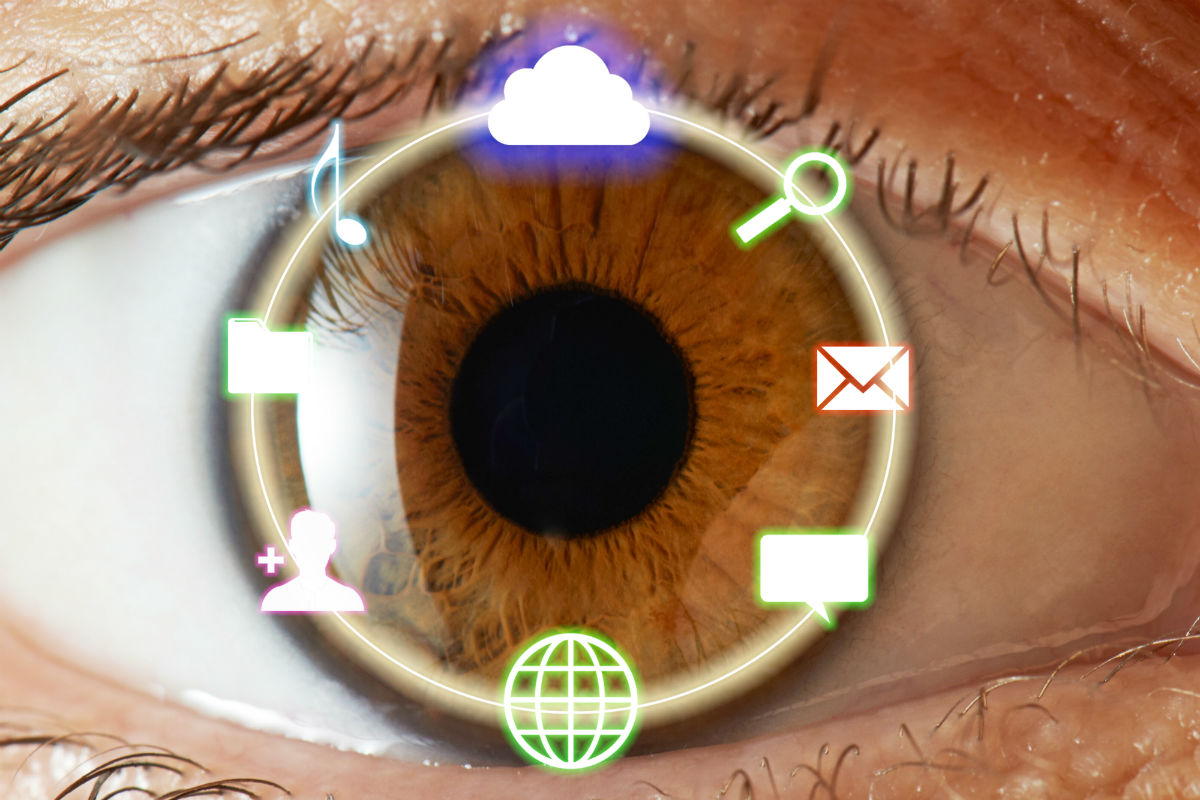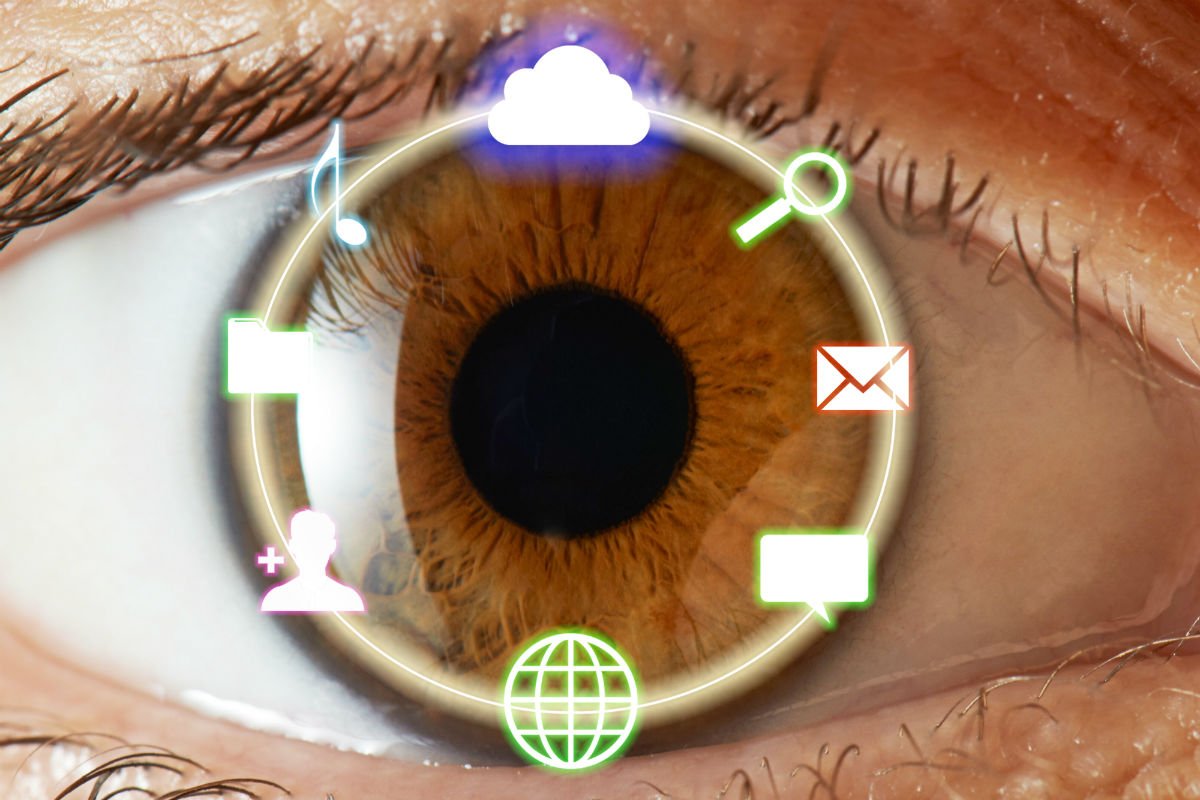When it comes to AI-enhanced marketing, the future is already happening.
How far are we from hyper-intelligent robots becoming a part of our daily lives’ AI-enabled ‘assistants’ like Siri, Cortana, and Alexa have already been adopted into many people’s homes and businesses. Admittedly, we don’t usually use these applications for anything more important than finding the nearest grocery store or choosing some mood-appropriate music. But they are becoming very common.
More relevantly, we are also seeing the use of advanced analytics and Artificial Intelligence in many business functions. It doesn’t matter what industry we’re talking about; AI is being used to deliver results at previously impossible speeds. Its processing power and accuracy are far superior to what human brains can accomplish. This has enabled companies to work smarter and safer while simultaneously freeing up resources for tasks that need the human touch.
Let’s get even more specific. AI is making changes in the world of marketing. It can identify gaps in process and even suggest how to mitigate or eliminate them. It can foster closer connections between brands and customers, provide a complete view of individual customers, boost consumer satisfaction and uncover previously hidden sales opportunities.
One persistent concern surrounding the integration of AI is that these self-learning machines will make all our jobs irrelevant. In my opinion, AI works best in partnership with humans; each has its own complementary strengths. It helps to think of AI as a team member whose function is to help everyone get the most value from their information.
How AI is Already Changing Marketing
We’ll consider four ways where AI is making a real impact on marketing: ideal timing, hyper-personalized messaging, customer service satisfaction and high-touch optimization.
Ideal Timing
Timing, the saying goes, is everything. Even if you get the right message to your customer, sending it at the wrong time seriously compromises its effectiveness.
We all have different schedules. Some of us start our day with a cup of tea consumed in early-morning solitude; others immediately check their email, Facebook feed, or voice messages. AI tools can track when customers open a message; over time, this creates a pattern that the tools can use to ‘remember’ someone’s schedule. This allows you to fit your message into your customer’s most receptive timeframe. This process can also be extended to select the most appropriate channel for each contact.
Hyperpersonalized Messaging
Often, we think of behavioral characteristics as a pointer to the next sale. However, these can also help craft a tailored message. Customer profiles, purchase patterns and histories, brand interactions, and social data all offer a trail of clues about each customer’s mindset and preferences. Imagine the response if marketers could move away from standardized email blasts and towards personalized offers based on what that individual needs or wants at that specific time. The impact would be huge.
Let’s expand this idea to content in general. Most of the content we see videos, blog posts, case studies, whitepapers, newsletters, etc. is generic, designed to appeal to as many people as possible. Organizations often have enormous libraries of content available, but finding the exact match for each customer is daunting. Using AI, companies can curate their content to each customer based on the problem the customer has at that moment.
Customer Service Satisfaction
Many companies are already employing chat bots and automatically generated emails as their first line of customer service. This is great in terms of human productivity, but it can leave customers with the distinct feeling of dissatisfaction: they’ve been passed off to a non-human because their problem just isn’t that important.
There are two ways AI can help solve this problem. First, AI can be used for low-level activities, like collecting account information or initial troubleshooting. We’re already seeing this. Next, AI chatbots and auto-emails can raise their game a bit and become more human-like. This way, customers get the best of AI (faster and more accurate responses), human employees get to use their skills where they are the most valuable (solving knotty problems, making customers feel appreciated), and companies get maximum efficiency and better rapport with their audience.
Optimizing High-Touch Contacts
Finally, let’s look at an indirect way that AI can help marketing. Because AI is integrated into your existing systems, including the CRM, it’s doing more than just tracking interactions; it’s analyzing them and learning from them, just as a human partner would. Take high-touch service, which, in literal sense, requires a lot of human-to-human interaction. AI may not be handling the interaction, but it can be in the background, offering curated content or collecting more information to add to the existing customer profile. It can make recommendations about the next action the marketer or rep should take and why. Just handling the data collection, in this case, provides substantial time savings for the human involved.
AI and the Future of Marketing
In each of the four areas we’ve discussed, AI is filling a supporting role, not taking a star turn. There are many other ways where AI can improve marketing performance. For example, it can analyze the effectiveness of entire marketing strategies, find potential weak spots, and draw on its vast store of data to help humans find a better solution.
AI isn’t the distant future of marketing: it’s happening right now, and we expect to see it increase in the near future. If your company is on the fence about integrating AI, I strongly urge you to learn more about it. Carefully consider whether your team will be able to keep pace with a marketing environment geared to quick changes and ultra-customized experiences. The sooner you adopt AI as a marketing partner, the better prepared you will be.































